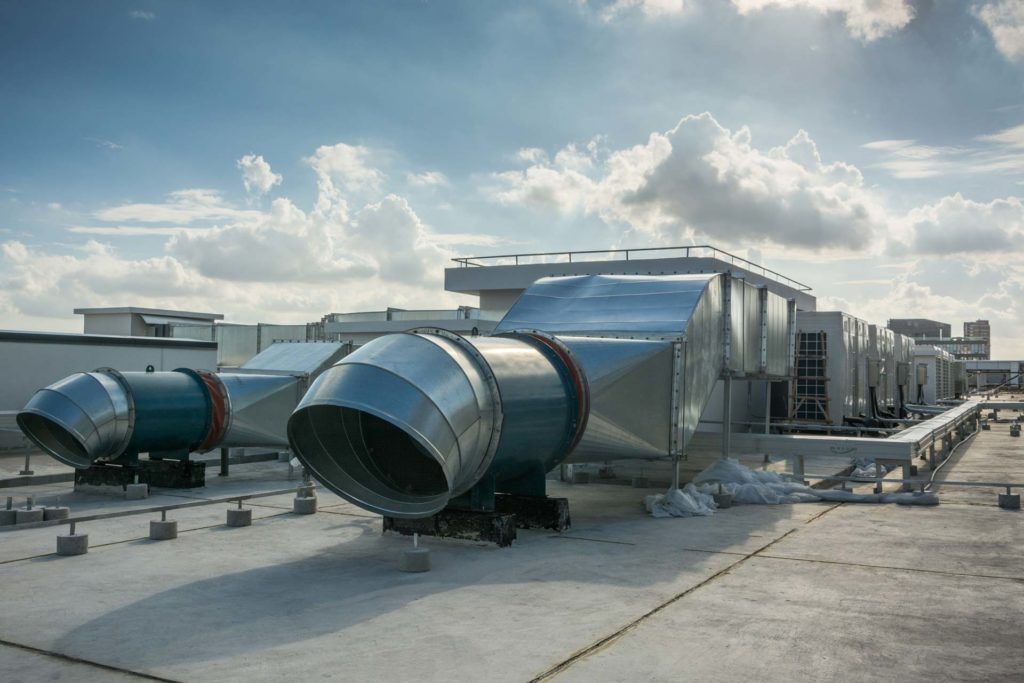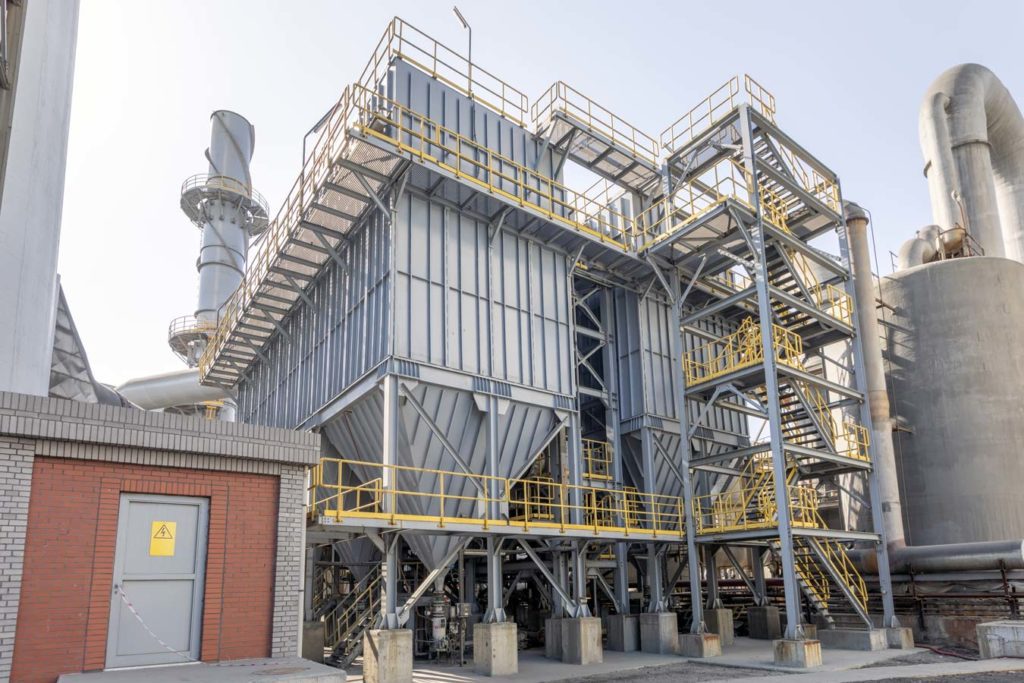Dust collector valves are an essential piece of any dust collection system. Valves play an integral role in pressure and airflow regulation for dust collection systems. Solenoid valves and diaphragm valves can be used separately or together for certain dust collection equipment needs.
Both solenoid valves and diaphragm valves support clean air quality and safe working conditions for industries with high-volume dust production. Some of these industries include agriculture, woodworking, chemical processing, food processing, mining, and more.
Let’s explore the functionality of these powerhouse valves and see how they can support your dust collection systems.
What is a Diaphragm Valve?
Diaphragm valves play a critical role in the dust collection process. These valves are used to regulate airflow as it passes through baghouse filters to deliver a powerful cleaning process. A diaphragm component is a dust collector valve that regulates airflow to ensure the proper functionality of dust collection as it pulses the air to loosen particulates from the clean air supply and filter it through the apparatus.
A flexible material is used to filter air into the valve as a device called an actuator opens and closes the valve to allow air to pass through. When the actuator is open, the diaphragm allows air to flow through the channel. Then, air remains securely in the diaphragm vessel when it’s closed.
What is a Solenoid Valve?
Solenoid valves are typically used to distribute the flow of gas or liquid through a pipe structure. A wide variety of devices use solenoid valves, such as household appliances, vehicles, and even industrial dust collectors, just to name a few.
Solenoid valves are a type of dust collection valve that supports a filtering system. This type of valve is frequently used to clean cartridge-style filters in baghouse systems. The solenoid coil sends pulses through the air once it’s secured in the valve. These pulses effectively dislodge particles from the air filters. Once the dust is removed from the filter, it is guided to a collection bag and removed.
Solenoid vacuum valves are sometimes called electro-pneumatic pressure converters. Even though the name is complicated, its purpose is fairly simple. These valves control airflow through the entire baghouse system, ensuring that particles are separated from filtered airflow and moved to the proper disposal area.
There are different types of solenoid valves that can be used for a variety of baghouse systems. These valve types include:
Direct-Acting Solenoid Valve
These valves combine the functionality of diaphragm valves and solenoid valves. The electrical properties of the solenoid coil allow these valves to regulate the flow of air along with diaphragm valves throughout the apparatus.
Indirect-Acting Solenoid Valve
These valves are diaphragm-style solenoid valves that channel particulates through an opening in the solenoid to the diaphragm area. This system requires less energy consumption than other types of valve configurations while delivering outstanding air purification results.
Normal Close and Normal Open Valves
This refers to the normal state of the valve. If a normal close valve needs to open, energy will have to be applied to make this happen and vice versa for a normal open valve. These solenoid variations usually refer to diaphragm-style solenoids that use springs to manipulate the valve into its resting position.
On-Off Valve
These diaphragm-style solenoids can’t be used if an exhaust port is present. The switch-on, switch-off method may work well for a variety of industries with intermittent production schedules.
3/2-Way Valve
This valve configuration typically includes one inlet valve, one outlet valve, and one exhaust valve. However, other set-ups are possible depending on the dust collection system and environmental needs. The electrified solenoid can control valve openings and closures to push airflow through the correct pathway.
5/2-Way Valve
These valve configurations work similarly to the 3/2 valve type. However, they can supply two extra ports.
5/3-Way Valve
These solenoid valves frequently operate with two valves to maintain steady-state operations until pressure is applied to the correct valve pathway.
Let Baghouse America Optimize Your Valve Functionality
When it comes to functionality and efficiency, Baghouse America is the environmental industry’s top choice. Our team of experts can deliver incredible results if you want to decrease your dust collection system’s energy consumption or optimize air filtration mechanisms.
Both diaphragm and solenoid valves have unique properties and carry out critical functions for many baghouse systems. Unsure which valve configurations are right for your dust collection systems?
Baghouse America is standing by to answer your questions and support your air filtration goals.

